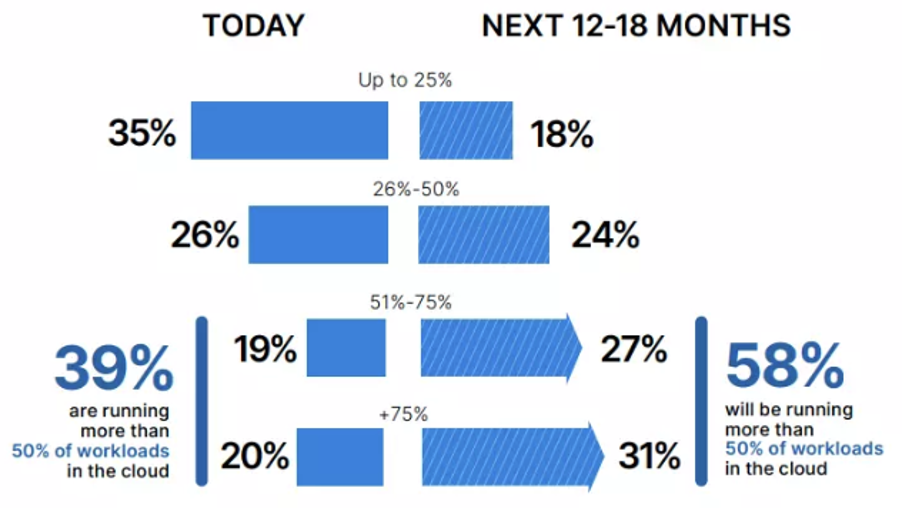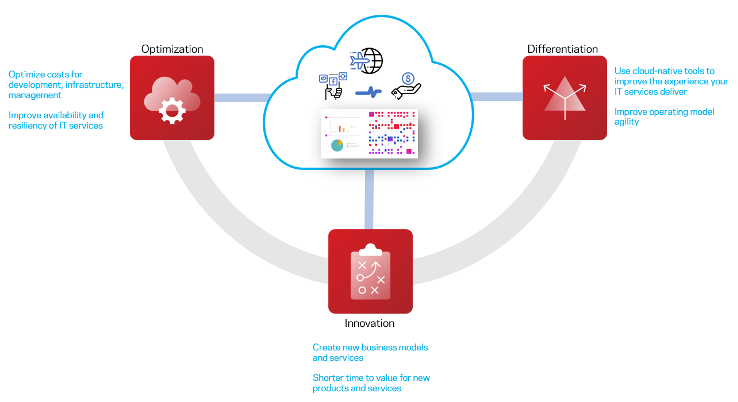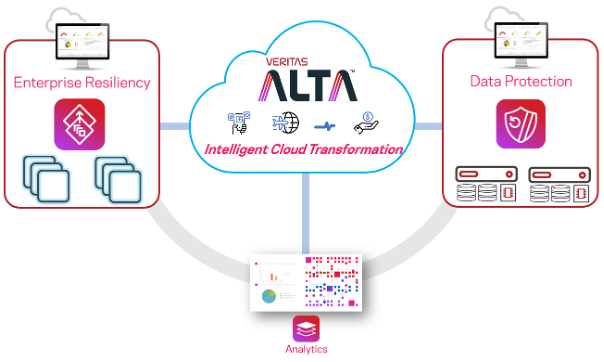Capturing Cloud Value

Are you moving to the cloud? Today, about 80% of organizations are using multiple clouds and half of large enterprise organizations are aiming to have roughly 60% of their environments in the cloud in the next few years.

Figure 1. Fortinet survey of the percentage of workloads organizations run in the cloud
Cloud offers several benefits, but there are also some challenges getting to the cloud and being able to fully capture cloud value once you’re there. Getting already-deployed applications migrated to the cloud is one of the main headwinds facing cloud adoption. IT executives, architects and administrators need to carefully consider several factors before deciding on a cloud-first strategy:
- What is the main value proposition for moving to the cloud?
- How are we getting to the cloud? Lift-and-shift or some other strategy?
- Do we move all our IT applications and services to the cloud, or do we use the cloud selectively?
- What can we do to ensure that moving to the cloud pays off?
Maximizing cloud value is a complex challenge, and the overall impact of cloud adoption varies depending on the nature of your business. One thing that’s generally agreed on is that achieving maximum value in the cloud will often depend on having a well-conceived migration strategy, and even more importantly, being able to effectively execute that strategy.
In this blog, we'll discuss some common reasons for moving to the cloud and how it can accelerate your business. We'll also link some specific cloud and cloud migration challenges to some tools and resources designed to optimize your experience in capturing cloud value.
Capturing Value in the Cloud
The link between cloud adoption and cloud value capture varies – sometimes significantly. Organizations that use hybrid models and are selective about which parts of their businesses will be moved to the cloud typically have the most success capturing business value from the cloud. Many of these organizations commonly cite the following reasons for moving to the cloud:
- Innovation: using the cloud to create unique business models and services that help increase productivity and innovation
- Differentiation: taking advantage of cloud technologies such as serverless and edge cloud computing that enable you to differentiate your products and services from competitive offerings
- Optimization: using cloud to help reduce costs and complexity while improving scalability, IT service availability/resiliency and time to value

Figure 2. Maximizing your cloud value capture
Challenges with Cloud Migrations and Operations
Cloud migrations can be expensive, time-consuming, and in many cases are very complex. Other challenges involved in getting to the cloud include complex existing architectures, security, time, and cost of migration, having a proven migration strategy – these are just a few of the challenges you might be faced with.
Two factors often stand out when considering how to best capture cloud value:
- Being able to effectively (and efficiently) migrate to the cloud
- How to successfully operate business technology in a hybrid/multi-cloud model
Having a solid cloud migration strategy is a key component in making your cloud transformation a success. The chances are you’ve probably considered a few strategies for getting to the cloud, such as:
- Lift and shift
- Refactoring
- ·Cloud-native deployment
The lack of skilled resources required for cloud refactoring and cloud-native deployments is a significant challenge for many organizations, which has led to an uptake in lift and shift cloud migrations. However, lift and shift strategies typically involve significant manual effort, can be time-consuming and are error prone. Hybrid and multi-cloud operations is another area of complexity you need to consider once you’ve migrated. Having the right tools to make your cloud migration and hybrid/multi-cloud operations successful – in terms of both cost and overall usability – is key to capturing cloud value. This leads to another question: what tools are available to optimize the cloud experience – for both cloud migration and cloud operations? This is where Veritas can help.
Intelligent Cloud Transformation
Understanding enterprise data management and protection plays a big role in making your cloud experience a success. Veritas has a proven track record of delivering cloud-integrated solutions to help you get to the cloud and run smoothly when you’re there. Veritas’ Alta enterprise cloud data management platform is focused on optimizing your business technology in both cloud and hybrid-cloud models and can help you plan and execute an intelligent cloud transformation by:
- Enabling you to migrate applications and IT services to the cloud efficiently
- Providing a way to deliver a smooth end-user experience once you’re in the cloud
- Giving you the flexibility to implement a hybrid or multi-cloud strategy for maximum availability/resiliency, mobility between clouds and/or out of the cloud altogether

Figure 3. Veritas delivers a full solution for intelligent cloud transformation
Summary
Capturing cloud value can be challenging when you don’t have the best tools to help ensure a smooth, predictable, and efficient cloud transformation. Veritas helps you optimize your cloud experience by enabling and simplifying your migration to the cloud and providing a way to ensure that your business technology is highly available in the cloud once it’s migrated – so you can run your IT services in the cloud with confidence.
For more information on the Veritas cloud strategy, check out this link for an overview of cloud and hybrid-cloud application management and this link for more information on the Alta cloud data management platform.
